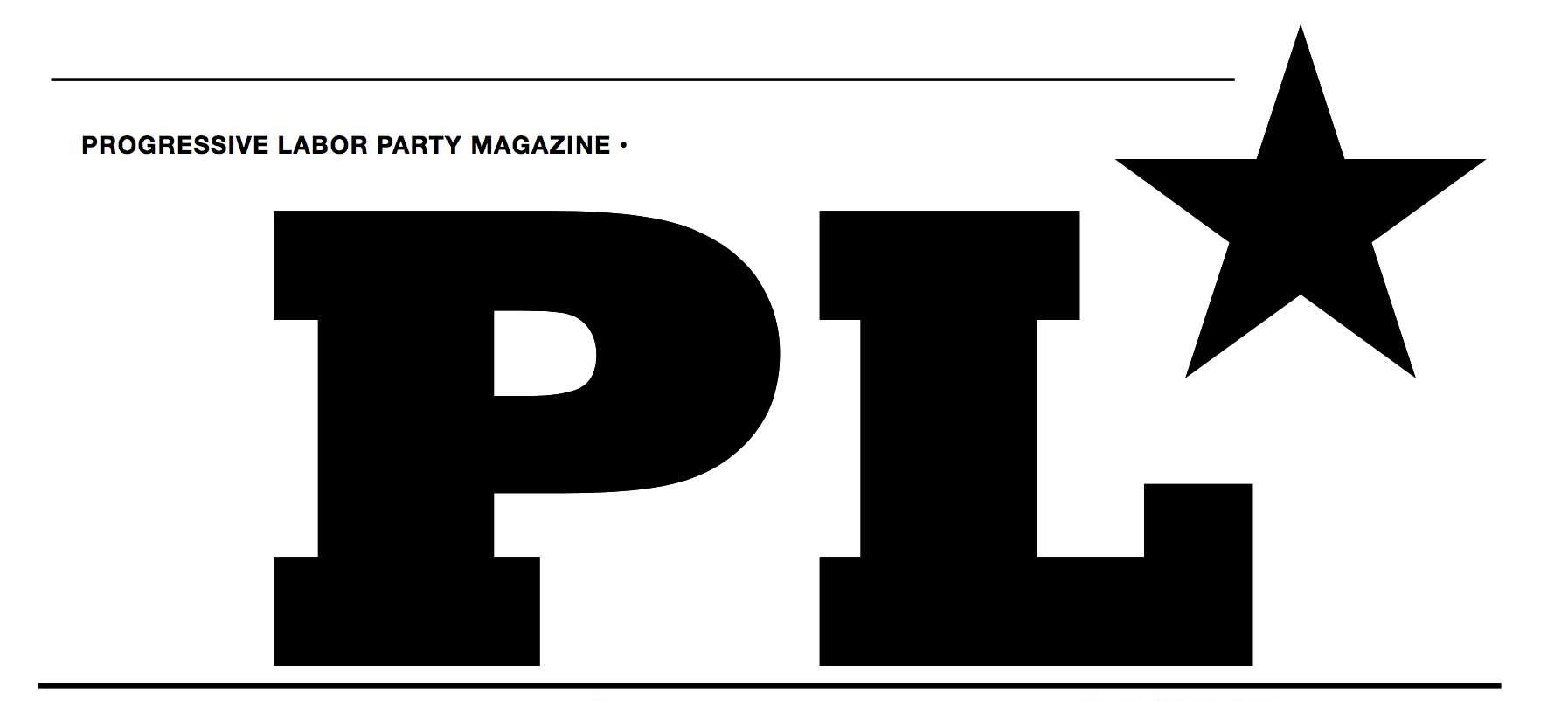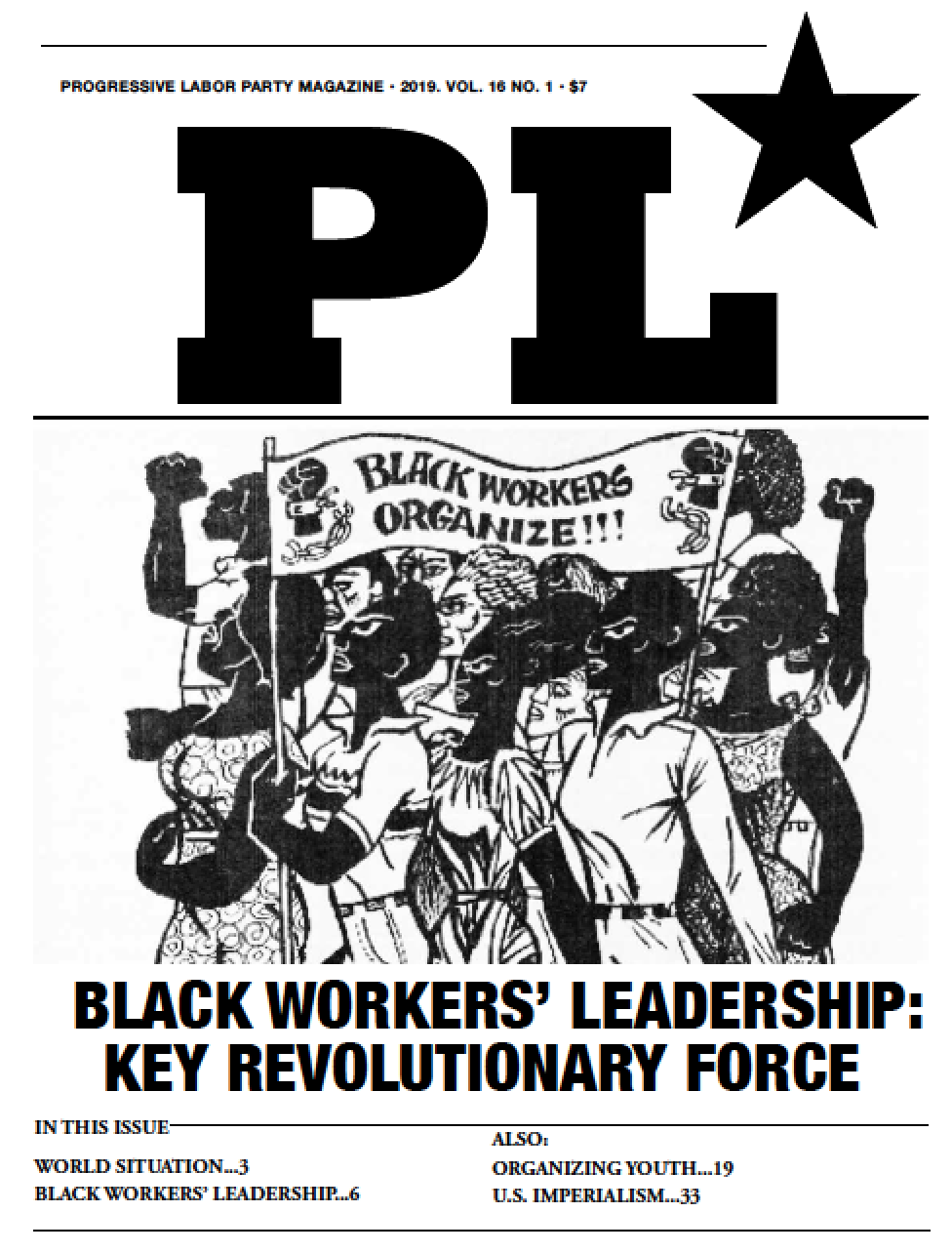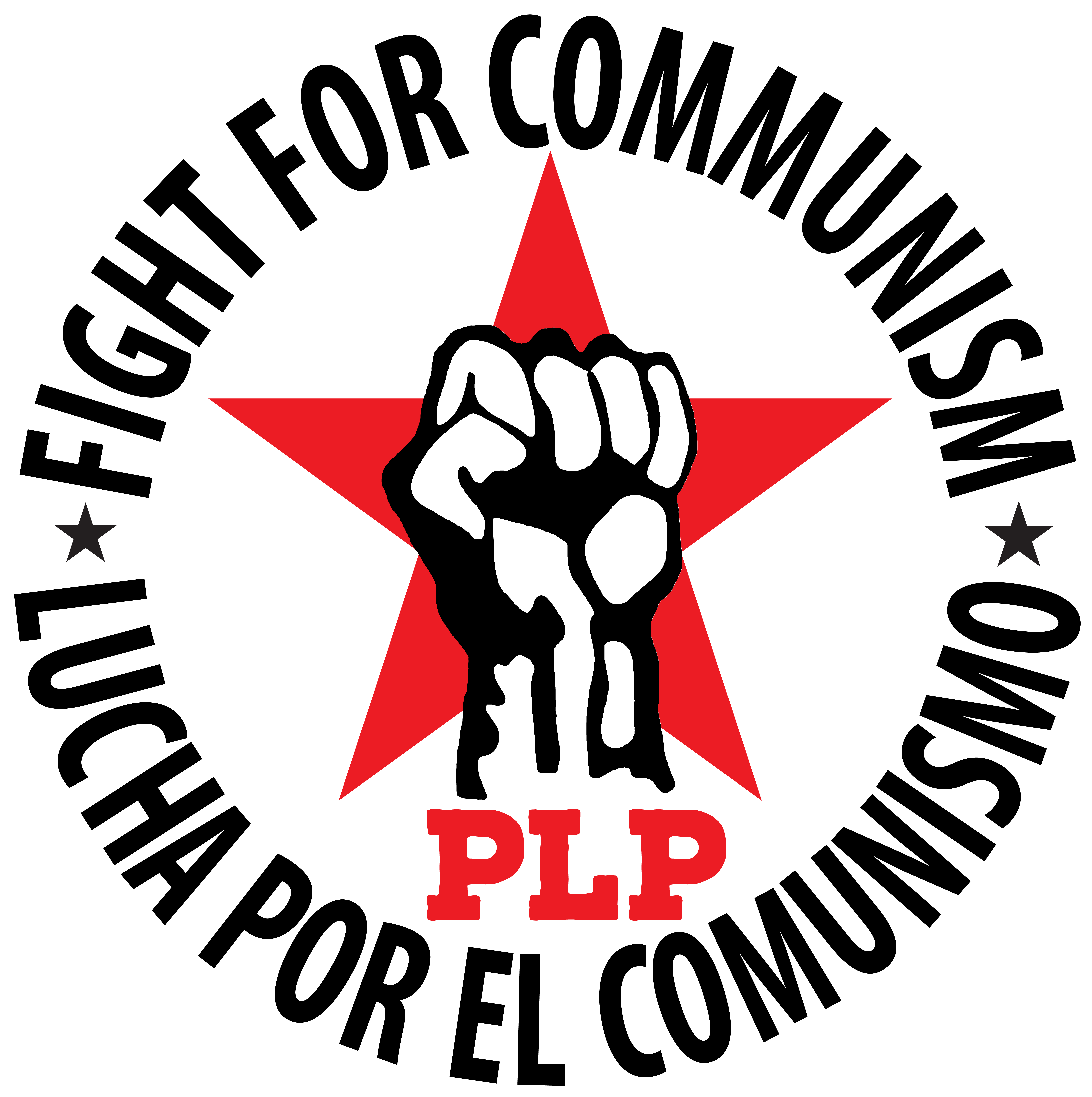Class nature of pandemic: Capitalism breeds, communism heals
 Thursday, March 19, 2020 at 10:25PM
Thursday, March 19, 2020 at 10:25PM Under capitalism, pandemics are treated like they are as natural and inevitable as bacteria and viruses. As the current Covid-19 pandemic shows, however, nature may create the viruses and the bacteria that lead to infection but it’s capitalism that creates the disasters, worsened by the very racism and sexism this system relies on.
Pandemics in particular, like capitalism and class society itself, are neither natural nor inevitable. They are creations of class society and wars of conquest. Another world is possible, a world without imperialist war and the misery of treatable diseases. The working class’s first attempts at holding state power in the Soviet Union and China were accompanied by the first attempts to eradicate pandemics and disease forever. The revolutionary communist Progressive Labor Party fights to inherit this legacy, learning from the mistakes of socialism to smash the disease of capitalism with communism once and for all.
Disease: created by nature, spread by class society
Disease has been a part of life since the origins of life approximately four billion years ago, the era of the first cells and the first viruses (see box). Fossil evidence indicates that under primitive communism, everywhere humans (and Neanderthals) lived, we struggled against disease in our attempts to preserve life. In an age where primitive religions served as primitive science to answer questions about nature, it’s likely during this age our primitive communist ancestors developed an extensive practical knowledge of plants as medicine and transmitted this knowledge orally for generations.
We do know that medical knowledge, like the sciences of math and astronomy, was separated from the masses with the rise of slave-based class societies in ancient Mesopotamia, then Egypt, India and China. The famous ancient Greek philosopher Plato issued dire warnings to fellow nobles against scientific education, and with the separation into slaves and rulers and the advent of writing, scientific knowledge was limited to priesthoods and shrouded in religious mysticism and ritual. Meanwhile, these agricultural-based slave societies recorded the first mass outbreaks of diseases from the animals being domesticated, such as malaria, influenza, tuberculosis, and others.
Pandemics: created by class society
The world’s first eyewitness account of a pandemic comes from 430 BCE, when Greek city-states and slave societies Athens and Sparta waged war in what’s known as the Peloponnesian War. Spartan armies surrounded Athens, forcing masses of Athenian farmers into the city, tripling the population almost overnight with underfed and homeless refugees. Deadly plague outbreaks (possibly an ebolavirus) had recently affected cities across the Mediterranean, but each outbreak had been contained.
In Athens, however, once a supply ship introduced the plague, in a matter of days more than two-thirds of the population died and society collapsed. While it continued under Rome as a small city, Athens did not recover a major population until after World War II. This plague is the origin of the word “pandemic,” from the Greek words pan demos: literally meaning “all of the people.”
Following the rise of the Roman Empire, wars both brought contact with and directly created conditions for the spread of pandemics known as the Antonine (165 CE) and Justinian (541 CE) Plagues.
African slavery and leprosy
The rise of feudalism brought on the pandemic of Hansen’s Disease (“leprosy”) in Europe through growing capitalist trade routes. Most importantly, through the growing slave trade connecting Africa with Spain, Portugal and later London with the West Indies (BBC, 5/13/05). As the leading researcher in that article concluded, “colonialism was extremely bad for parts of the world in terms of human health.”
Capitalists: real carriers of disease
One of the most devastating pandemics is known as the Black Death. The highly lethal bubonic plague (spread by bacteria-carrying rats and fleas) is believed to have first arrived to Europe during the Roman era, but it was feudalism that set the stage for disaster.
The infamous merchant capitalists of the Italian city-state of Genoa first brought the bubonic plague to Europe through the Silk Road trade routes in 1347. Half of Europe’s peasantry died, and feudal power weakened. Surviving peasants organized and rebelled against their lords in the English Peasants’ Revolt of 1381, inspiring two centuries of European peasant uprisings. For the next several centuries as capitalism expanded and overthrew feudalism, bubonic plague outbreaks continued to kill. In 1855, British imperialist-controlled mining towns in Yunnan, China, became disease reservoirs for the Third Plague Pandemic, killing two million workers in China and, spreading on British East India Company trade routes from Hong Kong to Mumbai, killing 12.5 million workers in India.
Masses of miners responded to plague-ridden working conditions with revolt. They formed the backbone of the massive religious/ pre-communist Taiping Rebellion, a rebellion that inspired masses to become communists in China one generation later.
In India, especially in cities like Pune, British soldiers were sent (instead of doctors) to invade homes and steal possessions while internally deporting workers into “anti-plague” concentration camps. Officers performed public strip searches and physical “examinations” of women, leading to the assassination of the top British officer in Poona and fanning flames of outrage and rebellion into other cities.
Contagion meets communists
Based on 5,000-year-old Bronze Age skeletons, epidemiologists believe that the bubonic plague originated in or around Central Asia, in today’s Russia. In 1917 Russia, before the Bolshevik revolution, the conditions of the working class and peasantry were desperate. World War I and famine led to millions of deaths and social dislocation – perfect conditions for outbreaks like cholera or especially typhus, spread by lice among soldiers.
Following the revolution, first workers’ state to seize and hold power was created in the wreck of imperialist war. With the looming threat of 14 imperialist powers invading to crush the young workers’ state, healthcare was immediately declared free for the first time in history and the working class mobilized to combat capitalist-created diseases as well as capitalist-created imperialist war.
With five million dead in World War I, imperialist intervention in the Bolshevik Revolution murdered another eight million workers. Many of these were due to typhus outbreaks spread by lice. When typhus cases peaked at 25-30 million (out of a population of 91 million) after the communists defeated the imperialists in 1922, communist leader Vladimir Lenin summarized the new situation: “Either the lice will defeat socialism, or socialism will defeat the lice”.
**
Science: Bacteria vs viruses
Bacteria are living single-celled organisms that formed more recently, around 2.7 billion years ago. Many bacteria are beneficial to humans, and in our intestines bacterial colonies are essential to digesting food. We harness other bacteria to create foods like cheese, yogurt and beer. But when certain bacteria infect us, their metabolic waste products overwhelm our immune systems and lead to disease.
Viruses are very complex, nonliving molecules consisting of RNA or DNA strands surrounded by a protein layer. Viruses “invade” or infect living cells of organisms to replicate themselves and multiply. In organisms like plants, animals and humans, these infections lead to disease. The origins of viruses, while uncertain, date back at least to the rise of cellular life, approximately four billion years ago and about 750 million years after our planet’s formation. While bacteria were first discovered in 1676, viruses are much smaller and only hypothesized to exist until proven in the 1930s.
Before the surprise “giant virus” discovery in 2018, known as Tupanvirus, models suggested that viruses co-evolved with cells, originating as independent strands of DNA (plasmids) or proteins capable of self-replication. These models are challenged by the Tupanvirus however, suggesting even earlier pre-cellular origins.
Rhinoviruses are a nickname for a group of viruses most commonly encountered by humans, producing what we all know as the so-called common cold. Coronaviruses (including SARS and COVID-19) are named for a group of viruses with surface protein spikes shaped like a “corona” (Latin for crown) when seen under an electron microscope, which can lead to respiratory disease. Still others, like the paramyxovirus, are responsible for diseases like the measles.
In late 2019, a measles outbreak began in the Democratic Republic of Congo (DRC) that has killed more than 5,000 working class children under the age of five and infected 250,000 more. This death toll has surpassed a simultaneous ebolavirus or “Ebola” outbreak in the DRC that began in 2018. Detection and treatment was prevented by the more than 70 U.S. and Chinese- imperialist backed armies currently fighting in the outbreak zones to control the DRC’s natural resources.
As of today, the DRC measles outbreak is still the largest and most severe disease outbreak in the world.





 Progressive Labor Party (PLP) fights to destroy capitalism and the dictatorship of the capitalist class. We organize workers, soldiers and youth into a revolutionary movement for communism.
Progressive Labor Party (PLP) fights to destroy capitalism and the dictatorship of the capitalist class. We organize workers, soldiers and youth into a revolutionary movement for communism.




Reader Comments